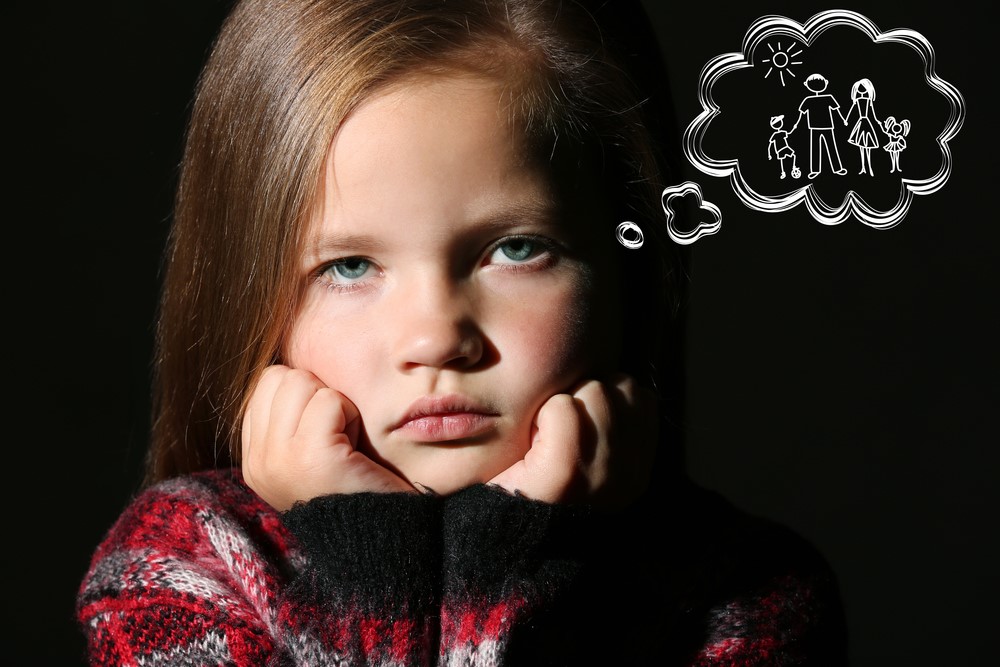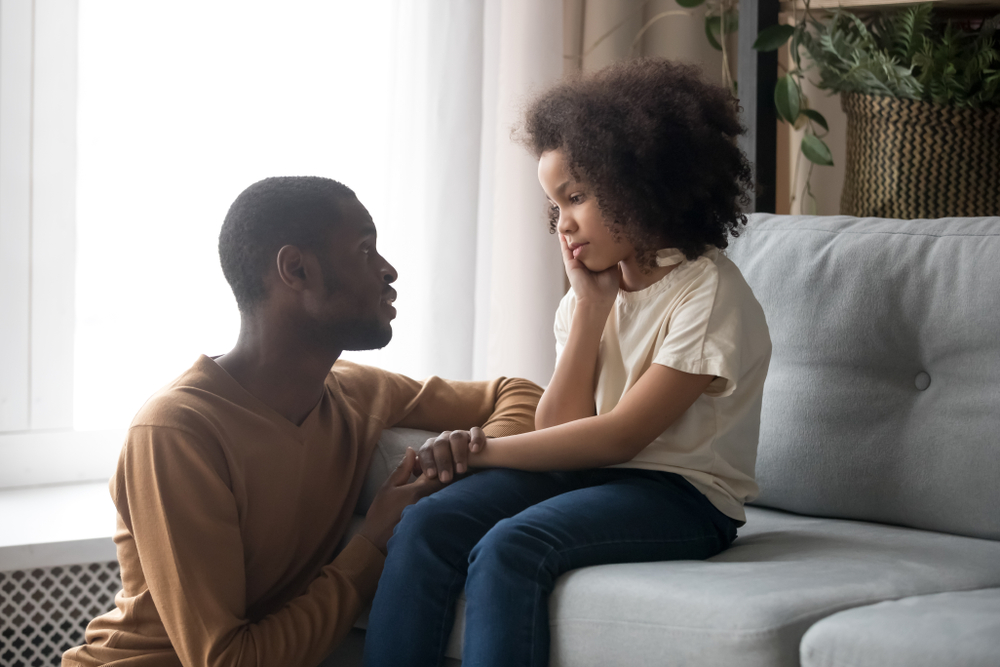Posts Tagged ‘divorce’
“My Child Refuses To See Me After Our Divorce”
During and after divorce, and often leading up to it, the family system is stressed. Parents and children cope with this stress in many different ways, some adaptive and others very dysfunctional. If your child is resisting or refusing to spend time with you, it is not only heartbreaking, but also confusing. Legal and mental…
Read MoreWho, When, What: 3 Tips for Telling Children About Divorce
The day parents talk to their children about their separation will be a day pressed into the memory of most kids. Most remember vividly where they were in the room, the words that were used, and who was present. That’s why it’s really important to think hard about what you’re going to tell them and…
Read MoreCo-Parenting Tips During Divorce
Let’s talk about the hardest part of divorce – co-parenting. Sure, divorce can rain chaos in many other areas of your life, dividing bank accounts, muddling friendships, sucking focus and attention, and pummeling your confidence. After the divorce, you can make more money, find better friends, get more rest, hit the gym or yoga mat,…
Read MoreBEST Future For Women After Divorce
When you’re getting divorced, you are faced with a major change, and you have a choice to make. It’s about how you are going to show up. How will you show up for your divorce? This decision will have a shadow effect on how you show up for your job, your kids, your friends and…
Read More



